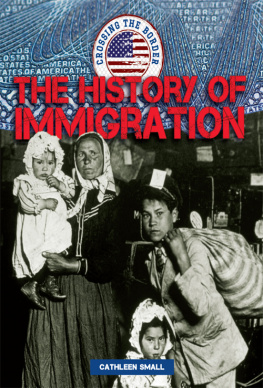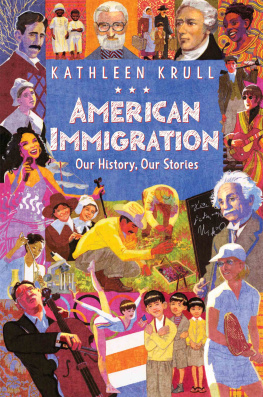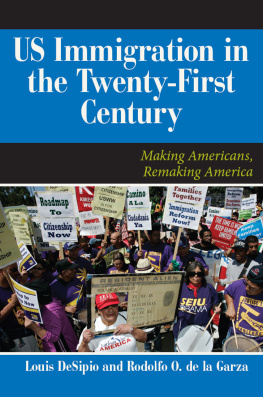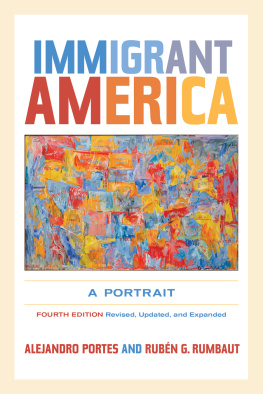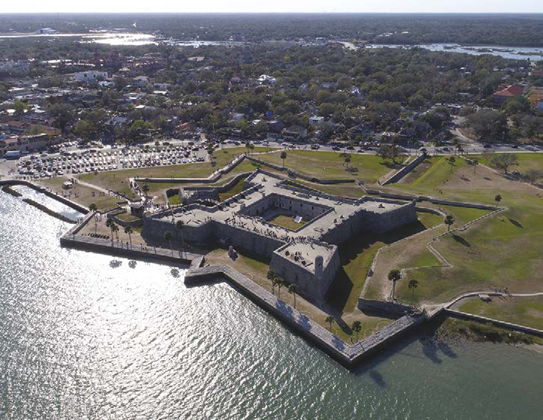Published in 2018 by
Lucent Press, an Imprint of Greenhaven Publishing, LLC
353 3rd Avenue
Suite 255
New York, NY 10010
Copyright 2018 Lucent Press, an Imprint of Greenhaven Publishing, LLC.
All rights reserved. No part of this book may be reproduced in any form without permission in writing from the publisher, except by a reviewer.
Produced for Lucent by Calcium
Designer: Jeni Child
Picture researcher: Rachel Blount
Editors: Sarah Eason and Nancy Dickmann
Picture credits: Cover: Shutterstock: Everett Historical (main), Vinokurov Kirill (top); Inside: Library of Congress: 30, Currier & Ives 7, Detroit Photographic Co. 32, Edmonston Studio 43, Leffler, Warren K., 46, 47, Underwood & Underwood 35, Gift; Carl Van Vechten Estate; 1966 44; Shutterstock: Bikeriderlondon 4, Paolo Bona 53, Marie Kanger Born 61, Dean Drobot 52, Emkaplin 45, Everett Historical 14, 1819, 22, 23, 25t, 25b, 2627, 28, 29, 31, 34, 37, 39, 40, Holbox 36, JStone 58, Somjin Klong-ugkara 51, Vladimir Korostyshevskiy 10, Mikeledray 59, Felix Mizioznikov 5, Rehan Qureshi 55, Joseph Sohm 56, Stocksnapper 12, Richard Thornton 49, Vkilikov 6; Wikimedia Commons: Internet Archive Book Images/Flickr API 11, Unknown printmaker after painting by unidentified Kelley; Copyright Silver, Burdett & Co. 20, Library of Congress 8, Howard Pyle 21, Robert Walter Weir 9.
Library of Congress Cataloging-in-Publication Data
Names: Small, Cathleen.
Title: The history of immigration / Cathleen Small.
Description: New York : Lucent Press, 2018. | Series: Crossing the border | Includes index. Identifiers: ISBN 9781534562219 (library bound) | ISBN 9781534562226 (ebook) | ISBN 9781534562806 (paperback)
Subjects: LCSH: Immigrants--United States--History--Juvenile literature. | United States--Emigration and immigration--History--Juvenile literature.
Classification: LCC E184.A1 S63 2018 | DDC 304.80973--dc23
Printed in the United States of America
CPSIA compliance information: Batch #CW18KL: For further information contact Greenhaven Publishing LLC, New York, New York at 1-844-317-7404.
Please visit our website, www.greenhavenpublishing.com. For a free color catalog of all our high-quality books, call toll free 1-844-317-7404 or fax 1-844-317-7405.
CONTENTS
CHAPTER 1
Immigration in the Colonial Era
CHAPTER 2
Involuntary Immigration to the United States
CHAPTER 3
Nineteenth-Century Immigration
CHAPTER 4
Immigration from 1900 to 1950
CHAPTER 5
Immigration 1950s to Present
CHAPTER 6
Immigration Today
Glossary
For More Information
Index
CHPTER 1
IMMIGRATION IN THE COLONIAL ERA
The United States is often described as a melting pot. This term dates from the late 18th century, but it became more widely used in 1908, when a play about Russian-Jewish immigrants opened in Washington, D.C. It was popular, and it gained the approval of President Theodore Roosevelt.
In reality, the United States has been a melting pot for a long timethe mixing of people began even before it was the United States! When Spanish expeditions reached the coast of the Americas in the late 15th century, the continents were already settled by a diverse population of Native American groups. The Spanish established some early colonies in the southern portion of North America. By the 17th century, England, France, Sweden, and the Dutch Republic had all established colonies in North America. North America was quickly becoming a diverse blend of backgrounds and cultures.
Every year, people from many different backgrounds come to the United States to seek citizenship.
Spanish Colonies in North America
The first official European settlement in North America was Spanish Florida, established in 1513. It included present-day Florida and much of what is now Georgia, Alabama, Mississippi, South Carolina, and Louisiana. The region was eventually filled with a diverse population. There were Spanish settlers, Native Americans from the local area, and Native Americans from northern regions, who had moved south when English settlers pushed them out of their lands. There were also African Americans who had escaped slavery in the English settlements. In a sense, it was a small melting pot within the much bigger melting pot of the United States.
ST. AUGUSTINE, FLORIDA
Many people think of the English colonies when considering the earliest European settlements in North America. However, the oldest one in the United States is actually Spanish. It is the city of St. Augustine, in Florida. It was founded in 1565 by Pedro Menndez de Avils, a Spanish conquistador, and it became the capital of Spanish Florida when the area was further settled. In 1819, Spain ceded Florida to the United States. St. Augustine was its capital for the first several years, until it was changed to Tallahassee. Modern-day St. Augustine is a quaint little town and a major Florida tourist attraction.
The Castillo de San Marcos in St. Augustine, Florida, is the oldest masonry fort in the United States.
Spanish colonies
In the late 16th century, an expedition ordered by King Philip II of Spain resulted in the settlement of the province of Nuevo Mxico. It covered an area that eventually became modern-day New Mexico, as well as parts of Texas, Colorado, Kansas, and Oklahoma. The goal of the Nuevo Mxico settlement was to promote the spread of Catholicism, so much of the settlement evolved around the building of Spanish missions in the region.
Spain reached a golden age under King Philip II, holding territories on every known continent at the time.
Early French colonies
Early French settlement in North America revolved around New France. This was a vast area that stretched from Canada and the northeastern part of what is now the United States, all the way through the plains of the Midwest and down to present-day Louisiana. One early area of settlement in this region was Acadia, which included territory in the far northeast of the current United States and Canada.
The French settlements did not remain under French rule for long, though. The settlements in Acadia and parts of Canada were established in the 17th century, but by the middle of the next century, France had lost most of its territories to England and Spain.
Swedish settlements
Although today Sweden is not known as a fierce military power, in the 17th century it was a fairly significant European country. Sweden established a number of colonies in North America between 1638 and 1655, mostly in the present-day states of Delaware, New Jersey, and Pennsylvania. The settlements were scattered along the Delaware River for trading purposes, and they were populated by Swedish, Finnish, and Dutch immigrants. However, by the end of the century, the colonies had all been taken over by the British. They were still largely composed of Scandinavian immigrants, but they were now under English rule.

